On October 1, the National Aeronautics and Space Administration—NASA—will have been in operation for 60 years.
So raise a glass, put on a party hat and celebrate the agency's diamond anniversary with these sixty facts about NASA and space:
- NASA began operations on October 1, 1958.
- The agency was established on July 29, 1958, when U.S. President Dwight D. Eisenhower signed the National Aeronautics and Space Act.
- Almost three years later, at the height of the Cold War space race, the Soviet Union beat America to send the first person into space. Cosmonaut Yuri Gagarin left Earth on April 12, 1961.
- Hot on Gagarin's heels, NASA astronaut Alan Shepard became the first American in space on May 6, 1961.
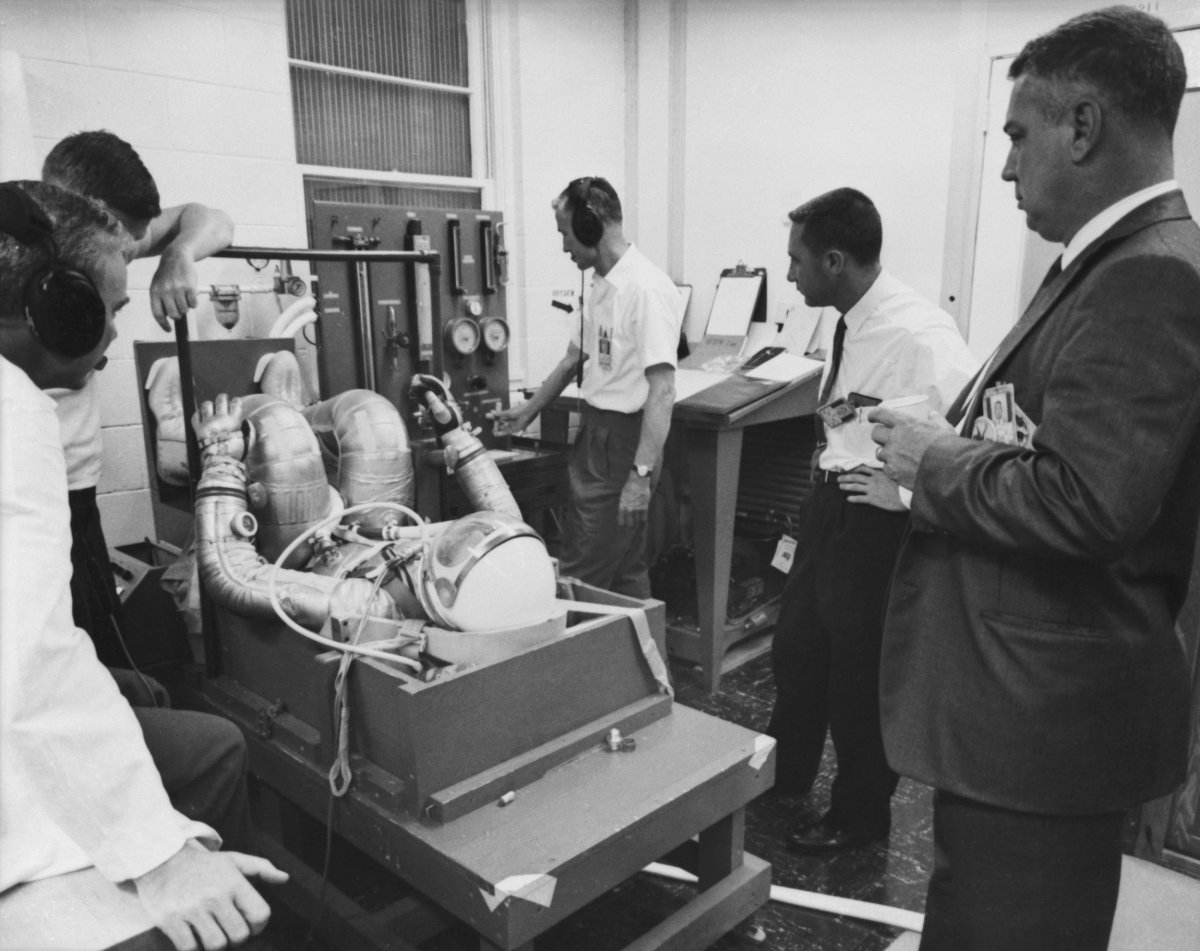
- Shepard flew into space in a craft he called Freedom 7 as part of NASA's Project Mercury.
- The second American manned spaceflight program—Project Gemini—sent astronauts John Young and Gus Grissom round Earth three times.
- Young, incidentally, smuggled an illicit corned beef sandwich aboard the flight.
- Grissom, along with fellow astronauts Ed White and Roger G. Chafee, later perished in a cabin fire that occurred during a launch rehearsal for the Apollo 1 mission in 1967.
- Neil Armstrong and Buzz Aldrin became the first people to walk on the moon during the Apollo 11 mission in 1969.
- Fellow astronaut Michael Collins flew the mission's Columbia command module.

- The third person to walk on the moon was Charles "Pete" Conrad, who stepped down to the surface of our rocky satellite in 1969.
- 1970's Apollo 13 flight nearly saw disaster when an oxygen tank exploded almost 56 hours into the mission.
- Mission commander James Lovell reported trouble to mission control with the famous words "Houston, we've had a problem." These were immortalized—almost verbatim—by Tom Hanks in the 1995 movie Apollo 13.
- The Apollo 13 crew members saved themselves by using the spacecraft's lunar module as a kind of lifeboat.
- After numerous problems and a series of makeshift repairs, Lovell and fellow astronauts John Swigert and Fred Haise successfully splashed down in the South Pacific on April 17, 1970.
- Four further manned Apollo missions took place, with the last—Apollo 17—blasting off on December 7, 1972.
- Apollo 17 carried a professional geologist, Harrison Schmitt, to the surface of the moon.
- Schmitt is the last person to have set foot on the lunar surface, and is the only Apollo 17 crew member still alive today.
- Planned missions Apollo 18 and 19 were canceled due to budget cuts. However, Apollo 20 hardware was used to launch the Skylab mission in 1973.
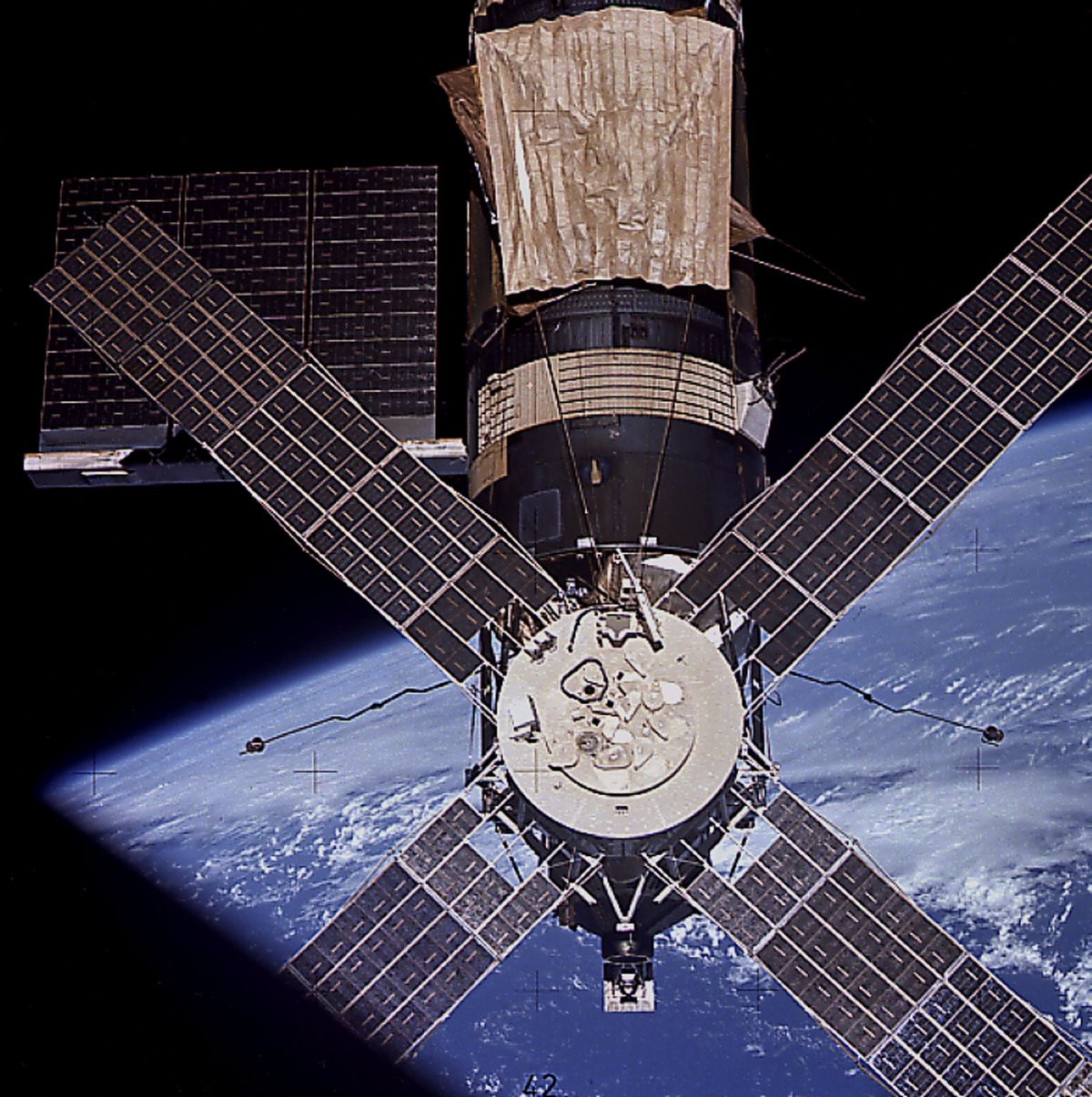
- NASA's Skylab—the first and only space station operated exclusively by the U.S.—orbited Earth for approximately two years from 1973 to 1974.
- There were three manned missions to Skylab during this time.
- After years of speculation over reuse, the space station fell to Earth in 1979.
- Today, NASA helps run the International Space Station in partnership with the Russian Roscosmos, the Japan Aerospace Exploration Agency, the European Space Agency and the Canadian Space Agency.
- NASA has enlisted private companies SpaceX and Boeing to send astronauts into space as part of the somewhat controversial Commercial Crew Program.
- Perhaps more controversial still, President Donald Trump called for a military "Space Force" earlier this year when he signed a new policy for space traffic control. "It is not enough to merely have an American presence in space. We must have American dominance in space," he said at the time.
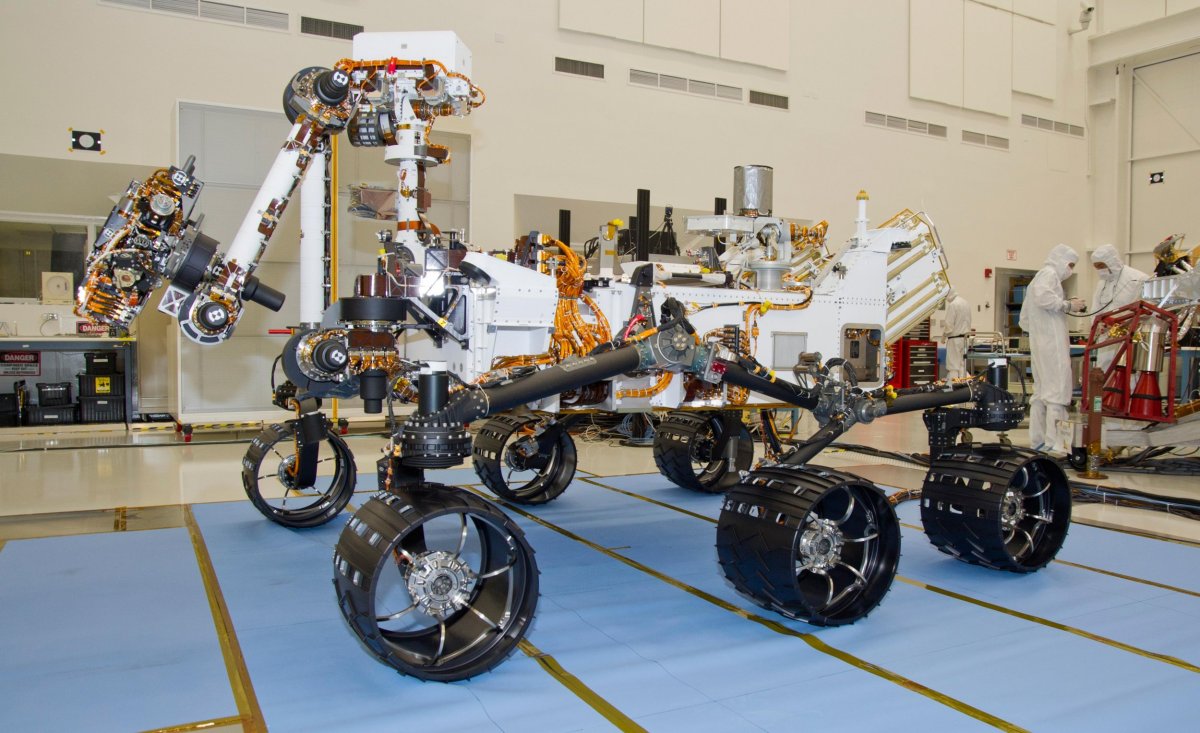
- Beyond human space travel, NASA has sent various unmanned spacecraft far deeper into our solar system. A bevy of probes have investigated planets like Saturn and Jupiter. Right now, rovers and orbiters, for example, are exploring Mars.
- The OSIRIS-REx mission, which launched in 2016, is set to bring back a sample from asteroid Bennu—a large space rock with a diameter of about 1600 ft.
- NASA has several planned missions that look set to expand our understanding of the vast mysteries of space. The James Webb Space Telescope—a successor to Hubble—should launch March 2021.
- Along with its International Space Station partners, NASA will help construct the upcoming Lunar Orbital Platform-Gateway—a station that will sit in orbit around the moon.
- Most tantalizing of all, the agency has its sights set on a human mission to Mars. The agency plans to use its Space Launch System to fly astronauts to the moon, where they will make the necessary preparations for a voyage to the Red Planet.
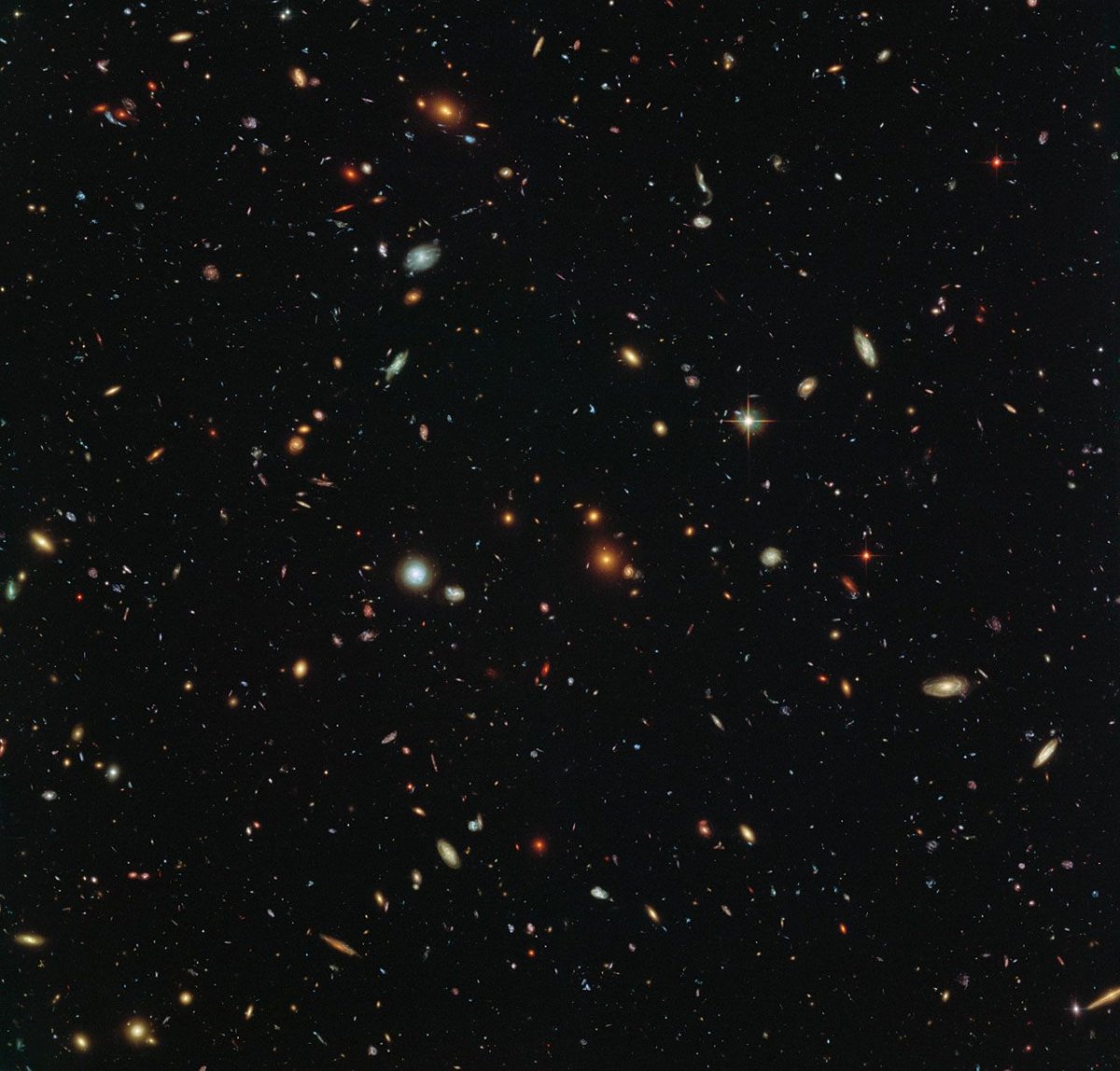
- The observable universe—an enormous ball encompassing everything observable from Earth—is estimated to stretch about 46.5 billion light years in all directions from our planet.
- Scientists aren't sure how many galaxies exist in the observable universe, but estimates range from 100 billion to two trillion—and the true number may be even higher.
- Although astronomers aren't sure exactly where they come from, mysterious signals called fast radio bursts (FRBs) could well travel from other galaxies to our own.
- The source of these short, sharp space blips continues to elude scientists, but some researchers think they may come from neutron stars sitting near black holes or a potent interstellar cloud.
- Scientists believe our own galaxy—the Milky Way—is on a collision course with our galactic neighbor Andromeda.
- But don't worry, the two shouldn't crash for another few billion years.

- Scientists think at least one supermassive black hole lies at the heart of the Milky Way, in the region of an intense radio source known as Sagittarius A*.
- But recent research suggests there may be many thousands of smaller black holes sitting around the big one.
- One such cosmic behemoth is thought to be 100,000 times more massive than the sun.
- As well as enormous black holes, our galaxy is chockablock with stars. Scientists estimate between 100 billion and 400 billion stars are shining in our little corner of the universe.
- The European Space Agency's star-mapping Gaia mission released data on about 1.7 billion of these glowing orbs earlier this year.
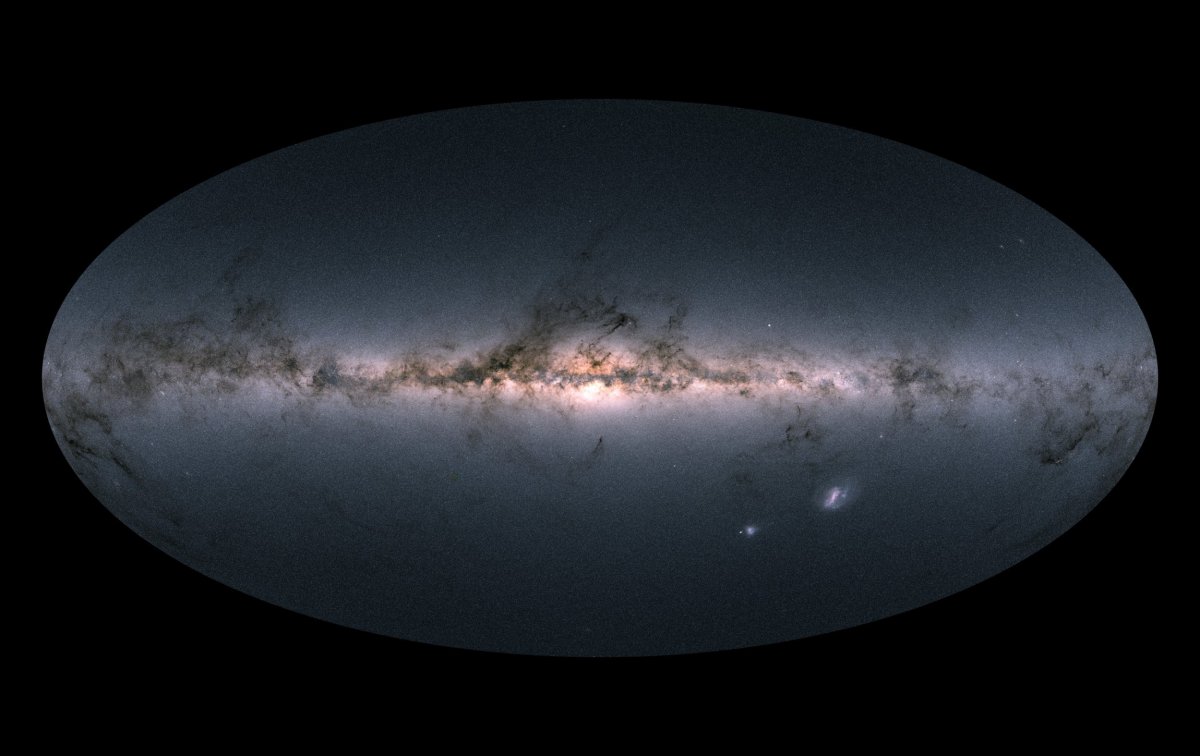
- Over the course of almost a decade, NASA's exoplanet-hunting Kepler space telescope has shown there are more planets than stars in our bustling galaxy.
- The Kepler and K2 missions have confirmed thousands of exoplanets, around 30 of which are considered to be potentially habitable.
- NASA's TESS telescope looks set to continue Kepler's planet-hunting legacy, with the space agency announcing its first candidate planet earlier this month.
- Proxima b—which orbits our solar system's nearest extrasolar star, Proxima Centauri—is our closest known exoplanet. Astronomers are hotly debating whether or not it might be habitable.
- Even though it's relatively nearby, Proxima b is still some 4.2 light-years from Earth.
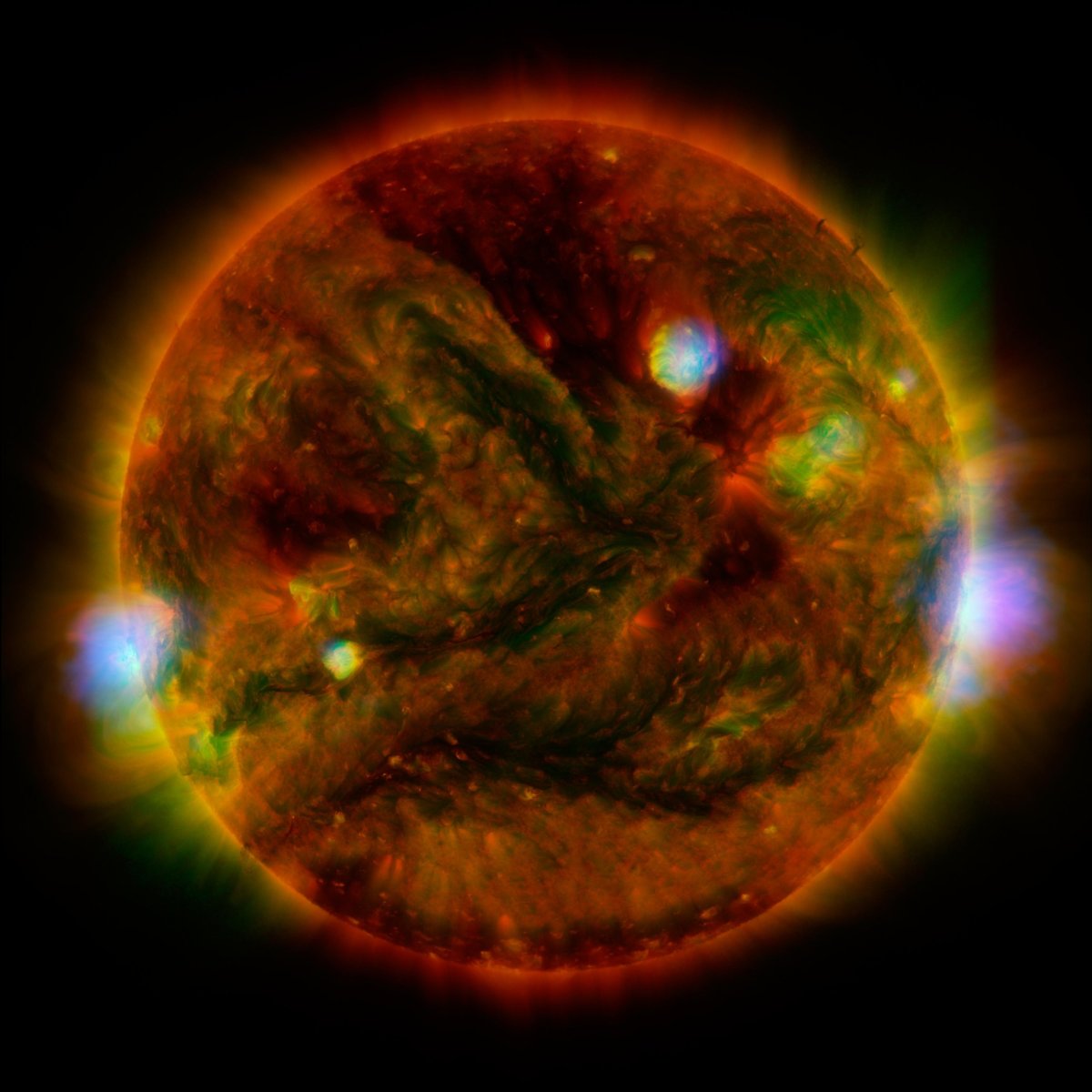
- Our own star, the sun—the mammoth churning furnace around which our solar system spins—is, on average, about 93,000,000 miles from Earth.
- It has roughly 333,000 times the mass of our planet.
- Neither a solid nor a gas, the sun is a hot ball of plasma.
- Earth is generally thought to be one of eight planets that orbit the sun, with Mercury, Venus, Mars, Jupiter, Saturn, Uranus and Neptune.
- But the number of planets in our solar system is actually the subject of some debate. Some scientists think Pluto—bumped off the list back in 2006—should still be considered a full-fledged planet.
- Weirder still, some astronomers think there might be another, as yet unseen, planet in our solar system.
- Our nearest planetary neighbor is Venus, a rocky planet of a similar size to our own. Its orbit can take it within about 24 million miles of Earth.
- Our other next-door neighbor, Mars, can reach about 34 million miles from Earth.
- Cooler than Venus, the Red Planet is hotly tipped as the next great frontier for human exploration. Space agencies and private companies alike have professed a desire to land people on the planet, but it's not clear exactly when that will happen.

- Earlier this year, SpaceX targeted Mars's orbit with founder Elon Musk's red sports car. The unusual payload blasted off on the company's Falcon Heavy rocket.
- Our own planet is thought to have formed some 4.5 billion years ago.
- The moon is our only natural satellite, orbiting our planet at an average distance of about 239,000 miles.
- The boundary between Earth and space is usually denoted by the Kármán line—an arbitrary boundary that lies some 60 miles above the surface of the ocean.
- NASA's ICON mission—set to launch in October—will probe this mysterious region.
Uncommon Knowledge
Newsweek is committed to challenging conventional wisdom and finding connections in the search for common ground.
Newsweek is committed to challenging conventional wisdom and finding connections in the search for common ground.
About the writer
Katherine Hignett is a reporter based in London. She currently covers current affairs, health and science. Prior to joining Newsweek ... Read more
To read how Newsweek uses AI as a newsroom tool, Click here.








